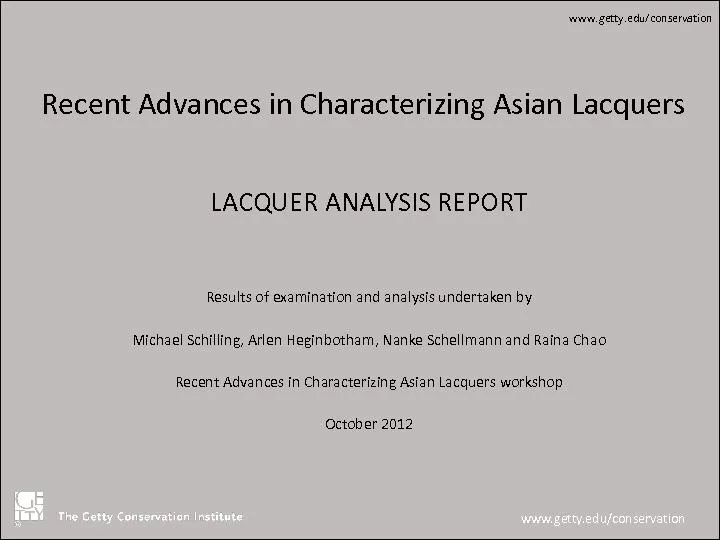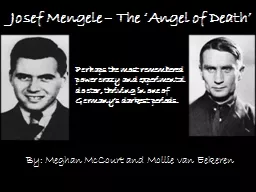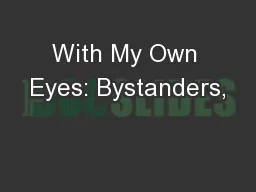PPT-Josef F. Steufer /Getty Images
Author : aaron | Published Date : 2018-03-17
Prosocial Relations Module 37 371 WHY DO WE BEFRIEND OR FALL IN LOVE WITH SOME PEOPLE BUT NOT OTHERS Proximity Proximity geographic nearnessis friendships most
Presentation Embed Code
Download Presentation
Download Presentation The PPT/PDF document "Josef F. Steufer /Getty Images" is the property of its rightful owner. Permission is granted to download and print the materials on this website for personal, non-commercial use only, and to display it on your personal computer provided you do not modify the materials and that you retain all copyright notices contained in the materials. By downloading content from our website, you accept the terms of this agreement.
Josef F. Steufer /Getty Images: Transcript
Download Rules Of Document
"Josef F. Steufer /Getty Images"The content belongs to its owner. You may download and print it for personal use, without modification, and keep all copyright notices. By downloading, you agree to these terms.
Related Documents














